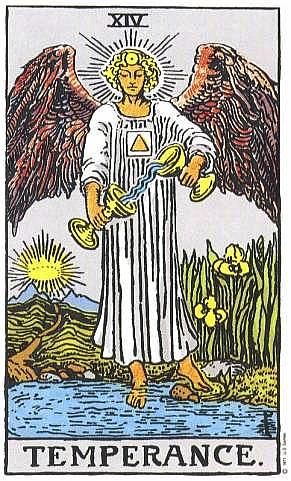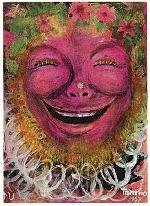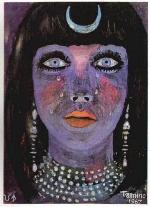pg. 1 - Eros and Strife | pg. 2 - Peace: A Beginning | pg. 3 - Pictures of a City
pg. 4 - Cadence and Cascade | pg. 5 - In the Wake of Poseidon I | pg. 6 - In the Wake of Poseidon II
pg. 7 - Cat Food | pg. 8 - The Devil's Triangle | pg. 9 - Garden of Worm
pg. 10 - Peace: An End
- page index -
Eros | Temperance | Eros and Strife
site index
Translate from
 n keeping with the Temperance theme of the album, Poseidon inhabits the
"middle ground" between the sky/heaven (Zeus) and the underworld (Pluto).
n keeping with the Temperance theme of the album, Poseidon inhabits the
"middle ground" between the sky/heaven (Zeus) and the underworld (Pluto).
 "The two vessels held by Temperance are connected by the flow of feeling, and
this trump
emphasizes the feeling function of consciousness,"
"The two vessels held by Temperance are connected by the flow of feeling, and
this trump
emphasizes the feeling function of consciousness,"
























 Arachnophilia
Arachnophilia